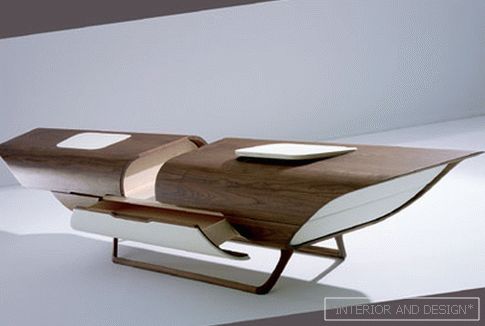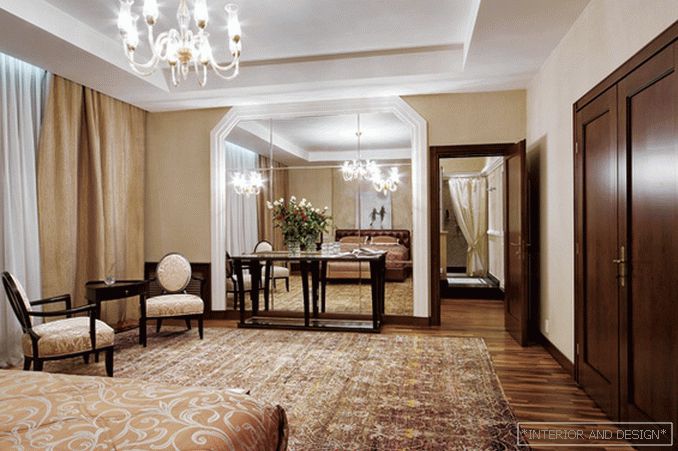Vsevolod Sosenkin on how to adapt the palace interior to the needs of modern man
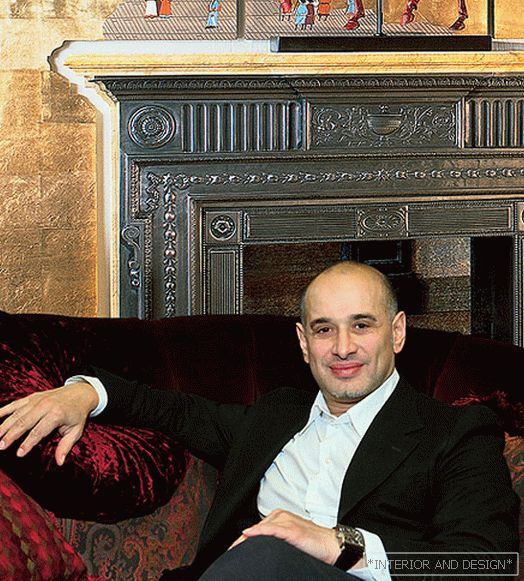
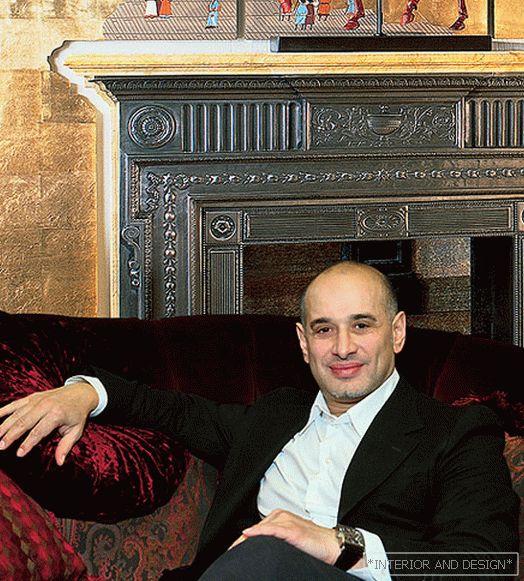
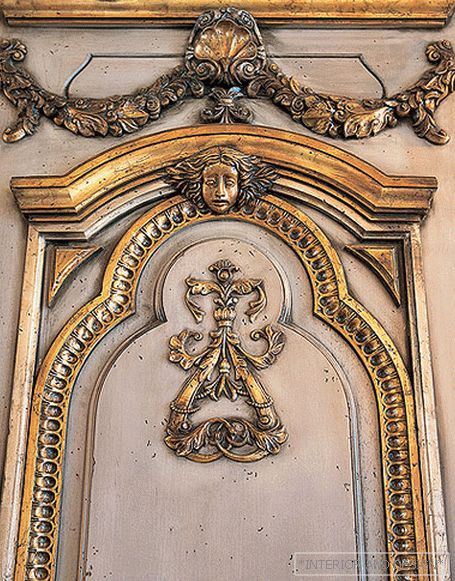
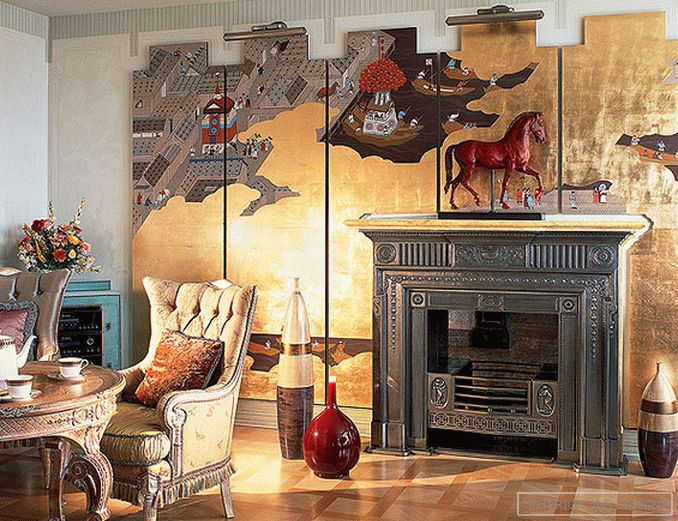
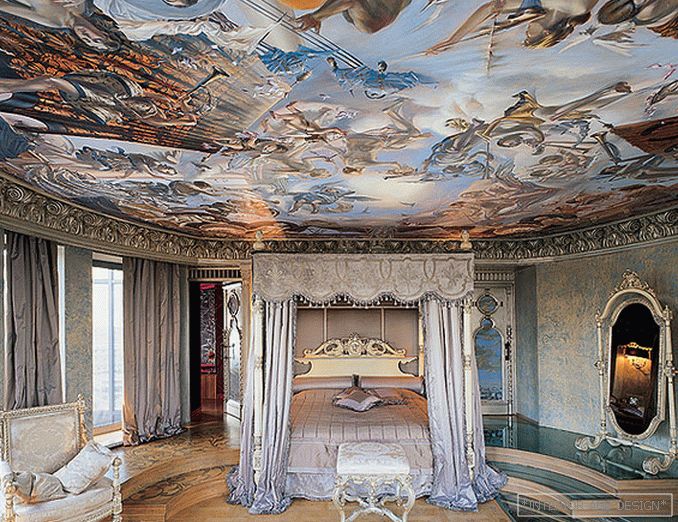
 Passing the gallery
Passing the gallery A photo: Kirill Ovchinnikov, Sergey Morgunov
Interview prepared: Julia Sakharova
Magazine: Decor N6 (139) 2009
"One of the main techniques in our work is the use of artwork objects specially designed for this interior - paintings, sculptures, intricate boiserie with gilding, mosaics, casting and forging. All things, all parts are piece items, non-production copies. The work is only manual. This interior is good "close-up", it is interesting to consider. So, one of our customers loves the art of the East, and we decorated the fireplace in his house with a screen painted in the style of Chinese lacquer miniatures. Of course, this is not a copy. We do we avoid direct copying, we always have some kind of own fantasy on the subject, and The theme can be taken from any historical or cultural era..
I personally close the era of the Italian Renaissance. I designed my apartment in exactly this style. Strictly speaking, it is eclectic; if only because in a modern apartment the proportions and scales are completely different than in the classical palazzo.
Take, for example, the height of the ceilings. From it directly depends on the perception of the painting of the ceiling of the ceiling in the bedroom. I went to the trick: so that the painting looked from the "right" distance, I made a glass floor in the bedroom located on the second level. And thus, from the living room, located on the lower level, the painted ceiling of the bedroom is visible from a distance of seven meters. This is a multi-layered composition, which was created taking into account the sequence of interception of the eye, and therefore the large-scale painting is framed by a ceiling with a deep, detailed relief.
Using visual shock moments is generally one of my favorite tricks.. Roughly speaking, this is work on the view. I usually draw several view zones. It is important to create some kind of intrigue, and here theatrical techniques are appropriate. For example, a hanging mirror at the entrance turns out to be a high back of a sofa standing in the hall. That is, at the entrance door, a certain rocker was created, which does not allow seeing all zones of space at once. And then a thoughtful logistics movement around the apartment, which is designed as a Moorish palace: a billiard room in the center of the living space (a kind of courtyard), and the living quarters are located around. "

